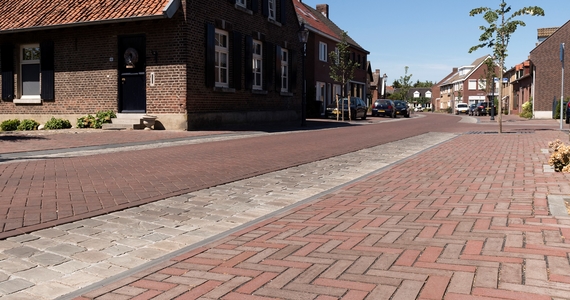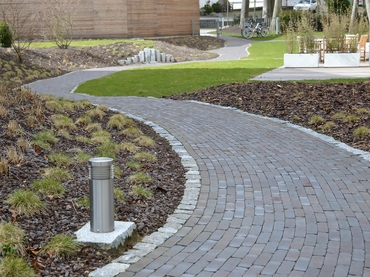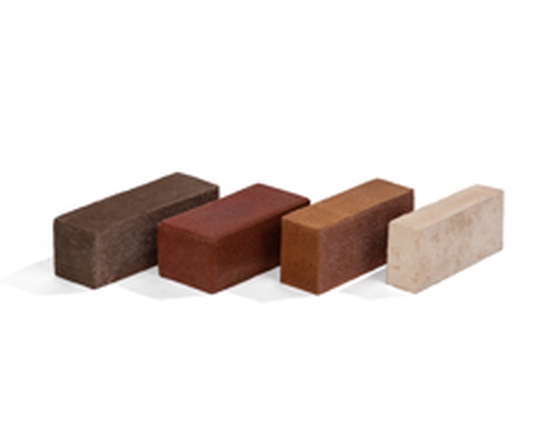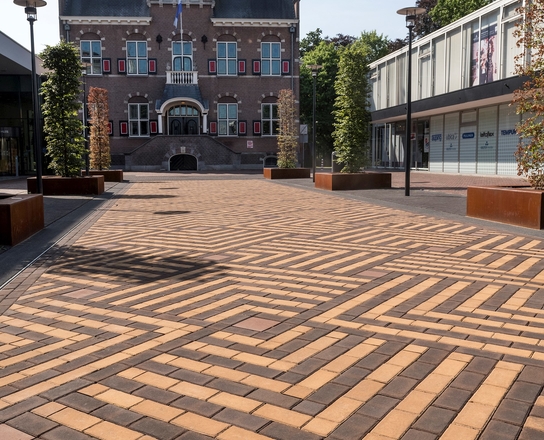Six tips for sustainable paving
Over time, defects may develop in a pavement of clay pavers. Examples include subsidence, unevenness, rutting, frost heave, thaw settlement, pumping erosion, and shifting of pavers. By paying extra attention to the subgrade and how the pavement is finished, you'll prevent this from happening.
From subsurface to paver
Sustainable pavings starts with the subsurface. It needs careful structuring and working. To ensure that the load is spread out evenly on the paving, it’s essential to have stable soil and good drainage.
Sometimes, the subsurface is unstable or impermeable. Or the ground level is close to the groundwater level. In most cases, the existing subsurface needs to be raised or improved with sand.
Depending on the traffic and the location, a second foundation needs to be laid on top of the lower foundation, usually of a loose material like concrete or mixed aggregate.
The road layer then comes on top, usually road sand or crushed sand. This road layer is indispensable when creating a flat paving bed that the pavers can be vibrated into.

Six equally important tips
Follow our six tips for sustainable paving:
1. Always check that the foundation is compacted in accordance with agreed specifications. Check the layer thickness and the top with respect to the profile. Up to an agreed layer thickness, the maximum deviation is 10 mm.
2. In some cases, the road layer is misused to compensate for an insufficiently level foundation. This is not a good idea, as it encourages flaws. The road layer must be laid on a foundation of least 40 mm, with crushed sand to a maximum of 50 mm, and with road sand to a maximum of 70 mm.
3. You must also check the degree of compaction of the road layer.
4. In addition to the correct composition of the subsurface, do not underestimate the edging. There should be no lateral displacement. Cut edging bricks are a good way to achieve a high-quality finish. In addition, with mechanical paving, you can lay the edging directly.
5. When laying paving, it is recommended that the trench is put under as little pressure as possible by using road plates.
6. Finally, the joint filling needs attention. Once paved and vibrated, it is important to water in the paving before it used. Then, sweep in the joints several times until they are filled, as this will prevent the pavers from shifting and splintering off. Give the joint filler time to set. Don’t be too hasty to bring in a street sweeper to clean off the paving.






